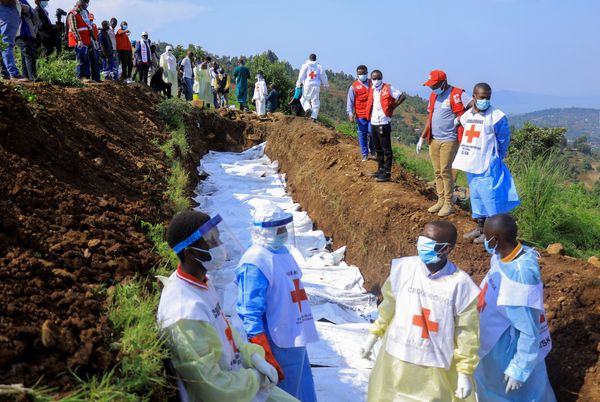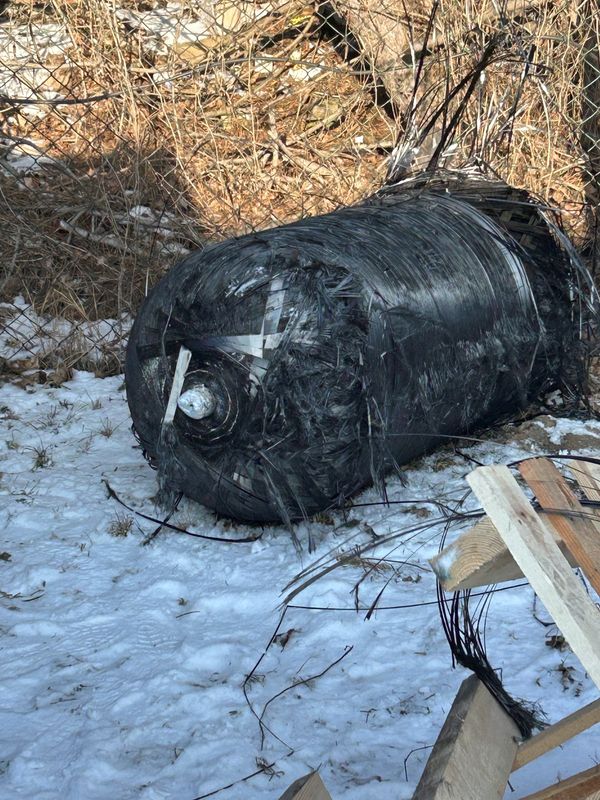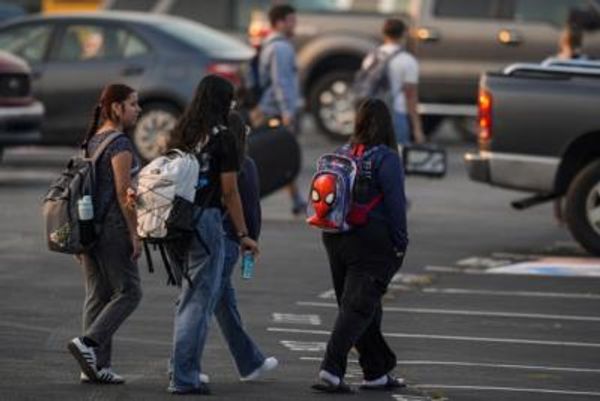
The Adyar in Chennai is not a major Indian river. On ordinary days, it is an anaemic rivulet contaminated with sewage that ekes its way to the estuary at the Bay of Bengal. The river cuts the city in half: Government and old Madras to the north, residential and tech Chennai to the south. The river bends a few times in the city—at Jafferkhanpet, Saidapet, Kotturpuram and Adyar—as it languorously makes its way to the sea. Near each of these locations is a major road bridge across the river.
Following weeks of steady rain in November and a deluge on 1 December, the Adyar flooded its banks and inundated its floodplain, bringing misery upon an entire city. The problem was compounded—some say caused—by the release of water from the Chembarambakkam (earlier called Puliyur) dam, about 40km upstream.
The reservoir was dangerously close to full capacity. The official estimate was that 30,000 cusecs were released from the dam into the Adyar during that fateful night, but unofficial estimates that include output from surrounding water bodies put that number at 100,000 cusecs.
In a tragic misjudgment, a usually parched city set about conserving its drinking water when instead it should have steadily released it in the days leading up to the deluge.
The Chennai airport and its runways—west of the city—are built right beside the Adyar and on its floodplain. The second runway was extended five years ago by building a bridge over the river—the bridge simply ladled the water straight into the airport. The entire airport complex was flooded and remained so for several days. Jafferkhanpet, Defence Colony, Saidapet, Kotturpuram, Nandanam and parts of Adyar were flooded to first-floor levels.
So, the sequence of catastrophe and failure goes like this: El Niño and global warming probably led to the unprecedented rain; mismanagement of the reservoir and haphazard urban planning and misuse of land through illegal construction exacerbated the problem; and the lack of early warning and preparedness sealed the city’s misery.
The armed forces—the army and navy in particular—and 50 teams of the National Disaster Response Force (NDRF) did a good job of mitigating the impact by rescuing stranded citizens and distributing essentials. The navy pressed its amphibious warship INS Airavat into service with supplies and used drones to locate the worst-hit areas. Chennai’s denizens supported each other through the crisis and the city is now slowly returning to normal.
So what are the lessons for India’s cities?
As one tweet had it, “before India sets about creating smart new cities, it should make its existing cities less dumb”. This profound observation has many facets.
The first is to assess which cities are prone to floods and in what manner. Coastal cities with rivers that also get heavy rainfall—Mumbai, Kolkata and Chennai—are more prone to floods than non-coastal cities without rivers (Bengaluru for instance).
The cities of North India on the path of the great rivers—Yamuna and Ganga—such as Delhi, Allahabad and Patna are at risk. Garbage and silted storm water drains are a threat everywhere. Land subsidence—a gradual sinking of land often caused by ground water exploitation—results in a saucer-like capacity to draw floodwater.
Technology and data must form the basis to decide what measures of flood resilience are best suited for the city in question. Laser altimeter terrain mapping and high-resolution satellite imagery are required for the accurate measurement of low- and high-level areas in a city localized to neighbourhoods and streets. Images to determine palaeochannels (historical but not visible former paths of a river) can help define which parts of the river and its floodplain should be left alone.
Ironically, all of this was talked about in Chennai, but none of it practised.
In general, Europe has more useful lessons for riverine flood management than the US. The Netherlands has implemented an innovative new programme called Room for the River that mitigates flooding risks.
Bunds or dykes are located further inland allowing a broader floodplain, the perennial channel of the river is dredged to make it deeper, an explicit high-water channel is sometimes created and the reservoir is dredged to allow greater capacity. The need for better reservoir management is one crucial lesson from Chennai’s disaster.
Not only existing cities, but also two high-profile new ones are going to be built on or near riverbeds. Panvel, in New Mumbai, will house the new airport and will be surrounded by the Panvel Creek and the Kalundre River. The capital of Andhra Pradesh, named Amaravati, will come up on the southern banks of the River Krishna, in the vicinity of a village called Uddandarayunipalem.
The lessons from Chennai will need to be considered seriously in designing these cities.
P.S.: Sung in a different context, pop-singer Adele’s song Water Under the Bridge from Album 25 reflects Chennai’s plight:
If you are not the one for me
Then I’ll come back
And bring you to your knees!
Narayan Ramachandran is chairman, InKlude Labs.
Comments are welcome at
narayan@livemint.com. To read Narayan Ramachandran’s previous columns, go to www.livemint.com/avisiblehand







